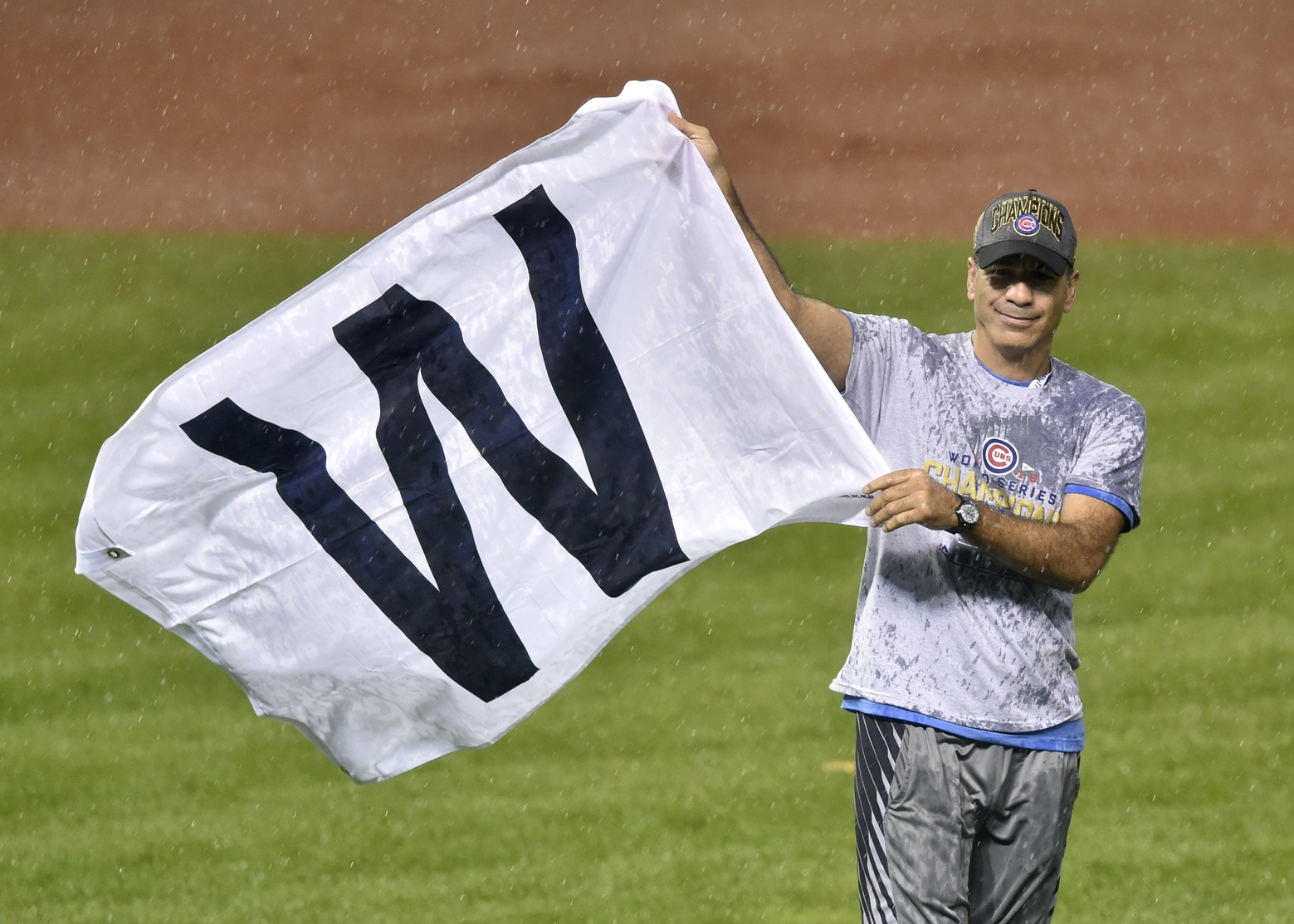After the 2021 season, most of the Cubs’ current position players will conclude their initial contracts. Somewhere, somehow, there will have to be position players ready to take their place as the Cubs will not be able to afford all those free agents. Will the 2017 draft be when the Cubs start reloading for that scenario?
Somewhere in the deep recesses of the minds of Jason MacLeod, Jed Hoyer, and Theo Epstein, they have to be planning for this inevitability.
This year, the Cubs have the 27th and 30th pick in the MLB draft. In 2018, they should have a first round pick along with a compensation pick for Jake Arrieta. That’s four high-level picks. Then again, those four picks are at the bottom of the first round rather than the top. The Cubs will not be getting a Kris Bryant at #27. On the other hand, they still can get a very good pick.
Over the past five drafts, the Cubs’ selected players who checked off several truisms.
- USA Baseball experience
- Impact bat
- Makeup
- Baserunning
- Defensive Skills
- Leadership
The Cubs’ brass always says that they are just looking for the best player available., and that same philosophy could hold true for this year. However, last year’s selection of 27 pitchers in 38 picks tells us that the Cubs had a definite strategy in play. Could they enter this year’s draft with a similar strategy but pertaining to bats? Do they double up on bats at 27 and 30? Are those bats going to be high school, college, or a mixture?
Theo Epstein and Jason McLeod always speak transparently about the fact that the ‘high-end” college bat is the safest pick to get to the majors. This is true. But this year, the “high-end” college bat is not so “high-end.” The strength of this draft is pitching at both the college and high school levels. There are several high school bats who could be available late in round one, but the best college bats will be long gone.
Could this be the year the Cubs take an arm, maybe even two, in the first round? I doubt it.
With a little over $7 million to spend this year, the Cubs strategy could be to select prep bats. The 27th pick is slotted for a little over $2.4 million and the 30th pick just above $2 million. That makes sense as it would take a lot of money to dissuade a prep bat to not go to college. Those bats, in turn, would then have the prerequisite four seasons to grow and develop in the minors just based on the fact there will not be too many positions to play in Chicago until 2022. Conversely, prep bats are not as predictable as college bats.
Chances are that the Cubs likely have some of those position player replacements for 2022 already in the system. Prospects like Wladimir Galindo, Aramis Ademan, Jonathan Sierra, DJ Wilson, and others still have four more years of development left. There are also four more periods of international free agency left, too. The Cubs have shown that they can acquire young talent in a variety of ways. The draft is just one of them.
As a result, maybe it will be a high school bat like Mark Vientos who could be allowed to develop and prosper at a slow pace. Or college pitchers Tyler Johnson of South Carolina or Brady Puckett of Lipscomb could be there for the taking, too.
Whatever strategy the Cubs go with, be it bats or pitchers, or both, there is no doubt the Cubs will select what they feel is the best player available. The question that remains is whether they go bat heavy, pitcher heavy, or prep or college. Based on the talent level out there, it is my opinion the Cubs will go with prep bats early before loading up on college pitchers. The college bats are just not there en masse in 2017. Yes, the Cubs could still take a college bat at the 27th pick, but the odds are slim to find a college power bat at either of those late of picks in round one.
At the end of the first round, this is the year of the prep bat.
Lead photo courtesy David Richard—USA Today Sports
